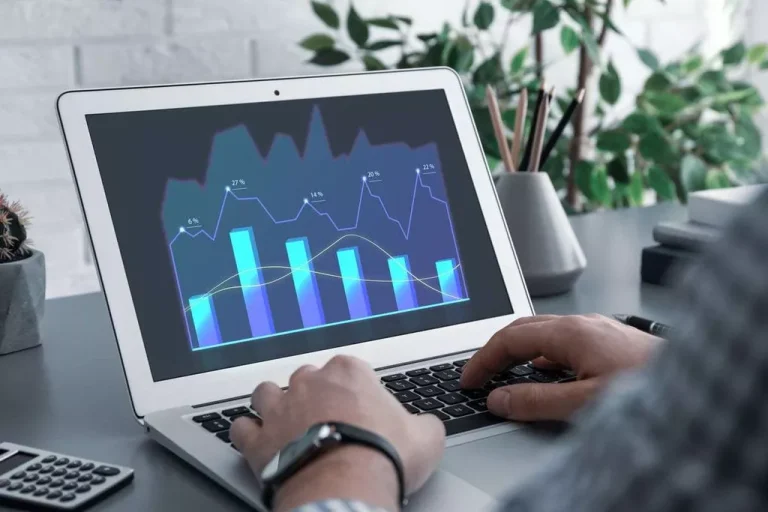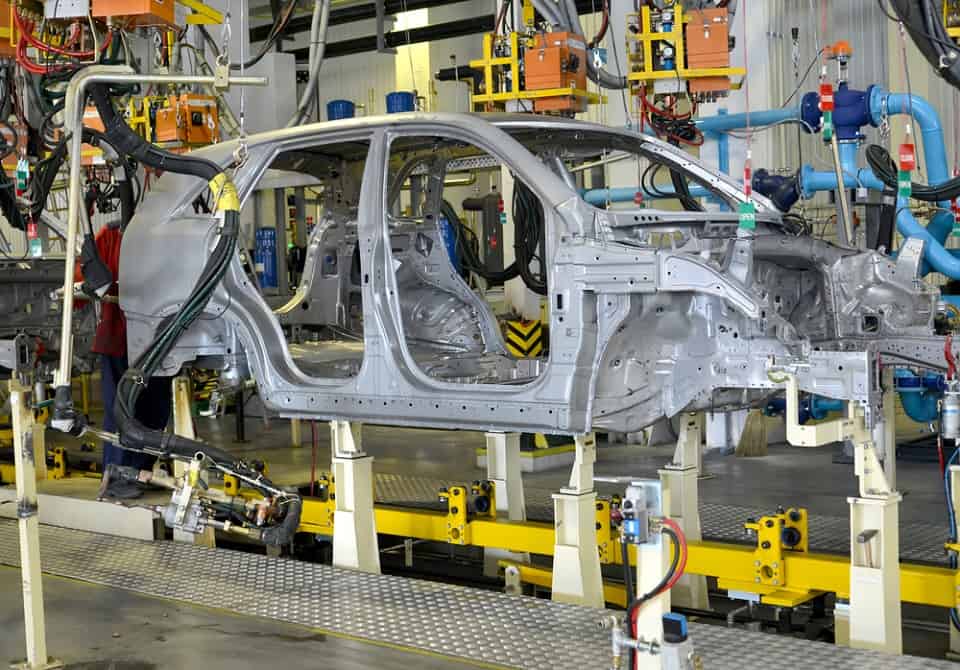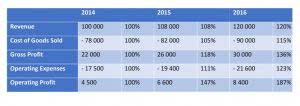Retained earnings reflect a company’s total profits after dividends. They show a credit normal balance for retained earnings because they are part of equity. Looking at assets from most to least liquid tells a company its risk. Using ratios from the balance sheet, like debt-to-equity, helps compare a company’s health to others.
Is There an Easy Way to Remember Normal Balances for Accounts?
Understanding these balance of accounts examples is key for both seasoned professionals and those new to the financial scene, as they provide a roadmap for recording and analyzing transactions. Not only do they inform reporting accuracy, but they are also pillars supporting the transparency and credibility of a company’s financial portrayal. Finally, the owner’s equity balance indicates the total ownership stake in the business and usually shows a credit balance as per the Normal Balance of Accounts. This balance represents the owners’ residual interest in the company’s assets, which would theoretically be available after settling all liabilities. The percentage of owner’s equity can be a critical indicator of a company’s leverage and financial health.
What are the Normal Balances of each type of account?
Having a solid understanding of the asset account balance allows stakeholders to assess the company’s ability to generate future income and effectively manage its resources. Knowing and applying these rules well ensures operating expenses line up with revenues. This makes the company’s financial activities clear and strengthens its financial reports. So, using normal balances right is key for good financial management. Revenue accounts show money made from business activities and have a credit balance.
The five types of accounts and their normal balances
The asset account balance reflects the tangible and intangible values that a company controls, which are vital indicators of its financial health. Typically, an asset account will have a http://bizrussia.ru/press/view/~subcat=226~page=287 on the debit side. This means that when the assets of a company increase, the balance is reported on the debit side, and when they decrease, the amount is credited.
Understanding debits and credits
Debits and credits differ in accounting in comparison to what bank users most commonly see. For example, when making a transaction at a bank, a user depositing a $100 check would be crediting, or increasing, the http://www.portobellocc.org/pccpn/category/consultation/page/2/ balance in the account. But for accounting purposes, this would be considered a debit. Sales are reported in the accounting period in which title to the merchandise was transferred from the seller to the buyer.
As a result, companies need to keep track of their expenses and losses. Ultimately, it’s up to you to decide which side of the ledger each account should be on. This would change the Normal Balance of inventory from credit to debit. This section outlines requirements and best practices related to Accounting Fundamentals – Normal Balances.
So, the liabilities side of the company has gone up by one thousand dollars. At the same time, the company has also gain assets worth one thousand dollars. The account is debited when expenses are incurred and credited when payments are made. The debit side of a liability account represents the amount of money that the company has paid to its creditors.
Thomas Richard Suozzi (born August 31, 1962) is an accomplished U.S. politician and certified public accountant with extensive experience in public service and financial management. He is known for his pragmatic approach to fiscal policy and governance. Consider a scenario where a business purchases $5,000 of equipment by taking a loan and then earns $2,000 in revenue. With these metrics, I can translate raw balance sheet data into strategic knowledge, equipping stakeholders with the ability to make informed decisions on investment and operational strategies. Within the Normal Balance of Accounts, liabilities denote a company’s debts or fiscal obligations.
- Misunderstanding normal balances could lead to errors in your accounting records, which could misrepresent your business’s financial health and misinform decision-making.
- These include current assets such as cash, inventory, and accounts receivable, as well as fixed assets like property, plant, and equipment.
- Whether you’re an entrepreneur or a seasoned business owner, understanding the normal balance of accounts is crucial to keeping your business’s financial health in check.
- This considers things like the economy, recovering from big events, and planning finances.
- The gain is the difference between the proceeds from the sale and the carrying amount shown on the company’s books.
- This usually happens for the retailers, who sell the things they receive on credit to the consumer.
To determine if an account should have a debit or a credit balance, you must identify the type of account in question. Assets and expenses typically increase on the debit side, thus their http://originweb.info/jokes/publications/salary_theorem_eng.html is debit. Liabilities, equity, and revenues usually increase on the credit side, making their normal balance credit. This is aligned with the fundamental accounting equation and leverage rules for each account category.

























